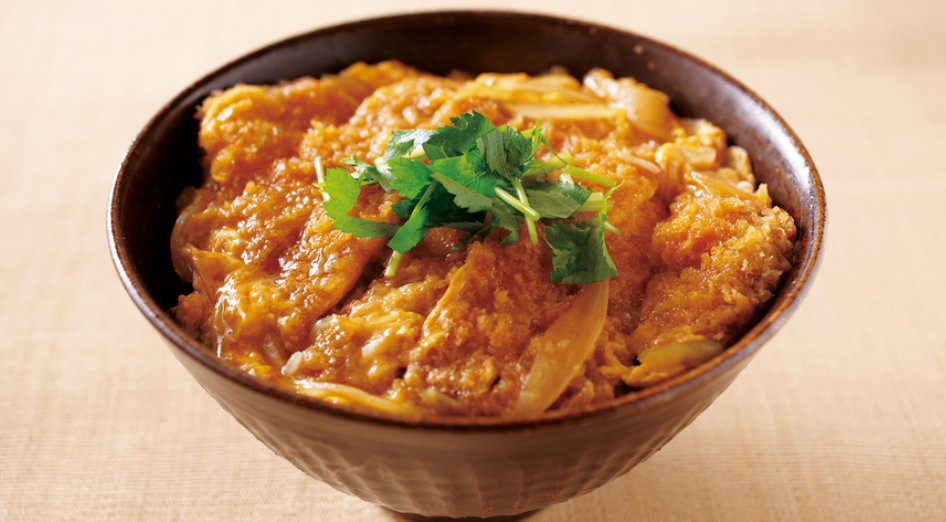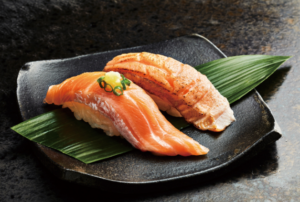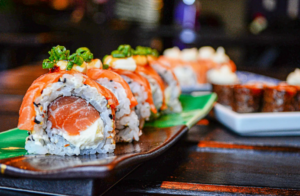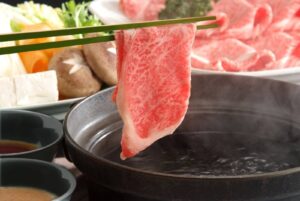When you think of Japanese cuisine that is popular abroad, sushi likely comes to mind. However, sushi is not as well-received in the Philippines. This is primarily because Filipinos typically do not eat seafood raw and tend to prefer familiar flavors.
Filipino local cuisine offers a clue as to why this is the case—many Filipinos love meat, fried foods, and rice. Unsurprisingly, “katsudon,” which combines all three of these elements, is a staple in Japanese restaurants in the Philippines.
If you plan to start a Japanese food business in the Philippines, serving dishes in their traditional form may not always work. Instead, it’s important to localize your offerings to cater to Filipino tastes. In particular, including crispy fried dishes—a Filipino favorite—is essential for success.
Subscribe to our newsletter for the latest trends in Japanese cuisine popular in the Philippines and Southeast Asia!
Click here to subscribe
Katsudon and Takoyaki: Filipino Favorites
The Philippines, consisting of 7,641 islands, has a unique culinary culture influenced by Spanish and American colonial history. One defining characteristic of Filipino cuisine is its focus on meat-based dishes. Like in Japan, rice is the staple food, which makes katsudon—a dish combining rice and meat—a hit in the Philippines.
Although katsudon is a popular Japanese dish, the story of its origin is not as well-known. One widely accepted theory is that it was created near Tokyo’s Waseda University in 1921. A soba shop owner, faced with leftover tonkatsu (pork cutlets) from a canceled banquet order, was unsure of what to do with them. A regular customer, a university student, suggested serving them topped with eggs, which led to the creation of katsudon.
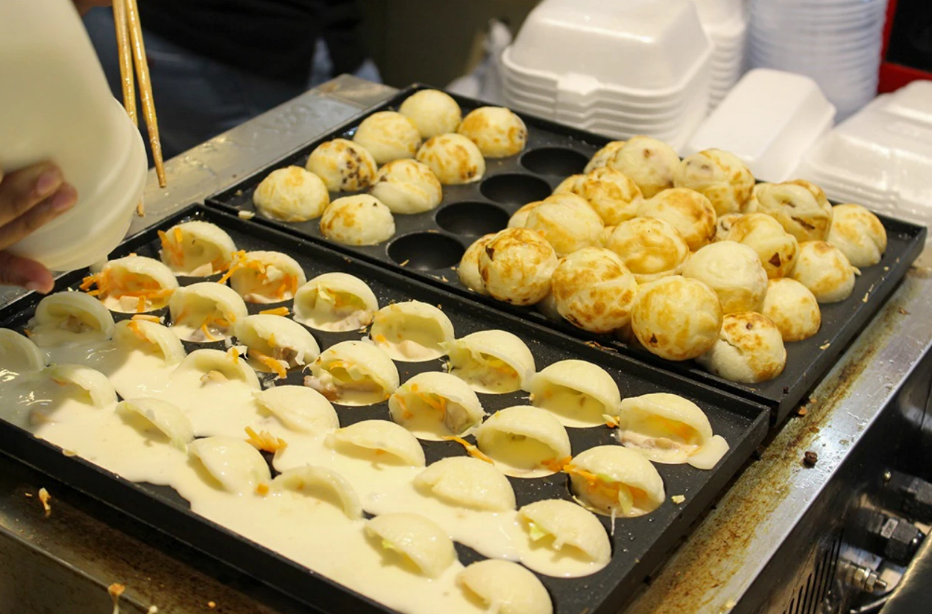
In addition to katsudon, another Japanese dish gaining popularity in the Philippines is takoyaki. Filipinos typically eat three meals a day and also enjoy “merienda” (snack time) in the morning and afternoon. Takoyaki is a convenient and satisfying snack that fits perfectly into this culture.
In the Philippines, takoyaki is widely available—from street stalls to delivery services to shopping malls. However, Filipino takoyaki often differs from its Japanese counterpart. For one, it may not contain octopus at all. Instead, ingredients like squid, bacon, pork, chicken, or crab sticks are commonly used. Generously topped with sauces and mayonnaise, Filipino-style takoyaki often has a crispy, fried exterior, making it more akin to “tako-fried balls” than the traditional Japanese dish. This transformation reflects the Filipino love for fried foods.
Opportunities for Japanese Restaurants in the Philippines
As of 2021, there were 760 Japanese restaurants in the Philippines—fewer than in Indonesia (4,000), Thailand (5,330), or Vietnam (1,620). While this suggests challenges in breaking into the market, it also indicates untapped potential.
One success story is Tokyo Tokyo, a pioneer in Japanese cuisine in the Philippines with over 80 outlets. Another is YABU, a tonkatsu specialty chain with 19 locations near Manila. Known for its authentic flavors, YABU has also been involved in local school lunch programs since 2014.
Meanwhile, CoCo Ichibanya, the global Japanese curry chain, opened its first store in the Philippines in 2015 and now has 14 branches as of February 2024. With rich, customizable curry dishes featuring various fried toppings, CoCo Ichibanya perfectly caters to the Filipino preference for rice and fried foods.
The Role of Machines in Japanese Cuisine
Japanese cuisine served in the Philippines is not always crafted by chefs or artisans. In fact, much of it relies on advanced cooking equipment.
One of Fujimak’s most popular equipment is the Jet Oven Gas Fryer. This jet oven is a conveyor belt oven with jet jet heating. The Jet Oven is not just for baking. It can also be used for non-fried food by simply coating the food with oil and placing it in the Jet Oven.
You can also cook a delicious katsudon (pork cutlet served on top of a bowl of rice) by simply placing the fried pork cutlet in the Jet Oven along with the broth. The jet oven is heated by a jet of hot air from a device called a “finger”. The air speed and heating time of the jet oven can be controlled with high precision, allowing anyone to easily and speedily process large quantities of baked and fried foods.
In addition, the three-deck rice cooker performs all processes from rice cooking to “steaming” fully automatically at the push of a switch. The cooker can cook rice for 180 people in only 40 minutes. With Fujimac’s cooking equipment, you can prepare delicious rice and tasty katsudon ingredients!
Japanese cooking equipment, like Fujimak’s, helps meet the needs of those looking to add katsudon to their menu or capitalize on the takoyaki trend.
Explore Japanese Cuisine and Technology at FOOMA JAPAN 2025
If you’re curious about the machines behind Japanese cuisine, why not see them in action? FOOMA JAPAN 2025, the world’s largest comprehensive food manufacturing exhibition, will be held from June 10–13, 2025, at Tokyo Big Sight.
Hosted by the Japan Food Machinery Manufacturers’ Association, FOOMA JAPAN has been showcasing food manufacturing solutions since 1978. In 2024, the event attracted 113,777 visitors, including 5,541 international attendees.
Promotional Video
FOOMA JAPAN 2024 Digest Videos(Day 1)
